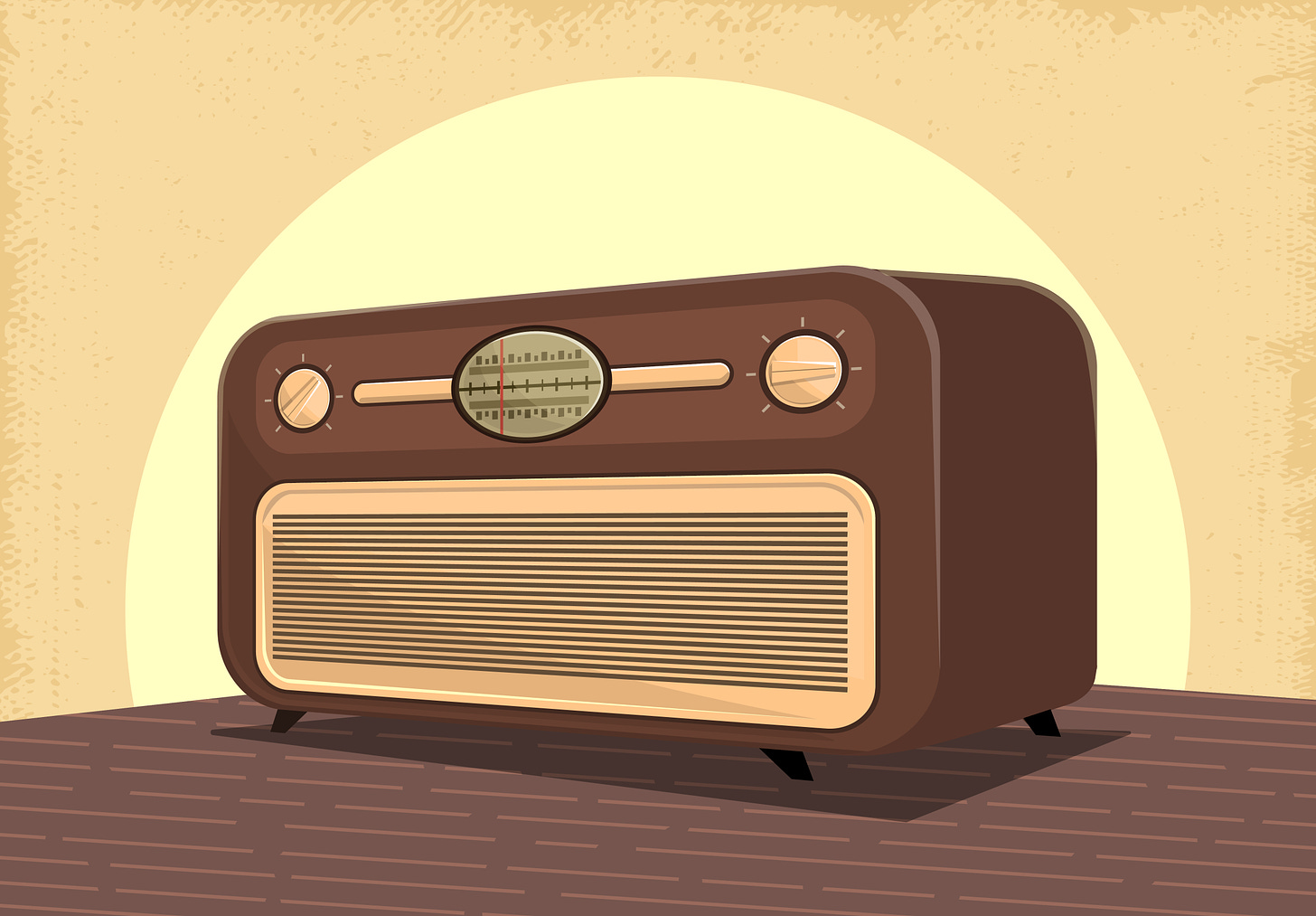Today, radio is a technology that is commonplace in cars and homes. In fact, in this day and age, it is hard to find someone who has never heard, seen, or used a radio in one’s lifetime. However, this was not always the case.
Before the 19th century, wireless radio communication was a fantasy in everyday life. Even after the development of radio in the late 1800s, it took years for radios to go mainstream and become a household appliance. The history of radio is quite fascinating.
Despite having a long and interesting history, the beginnings of radio are still controversial. There are still arguments regarding who actually invented the radio. Though it is not certain who made the first radio, it is said that in 1893, Nikola Tesla gave the first public demonstration of a wireless radio in St Louis, Missouri, the United States.
Despite this, Guglielmo Marconi is considered to be the father and inventor of the radio. In 1896, Marconi obtained the first wireless telegraphy patent in England. On December 12, 1901, Marconi secured his place in history forever by becoming the first person to transmit signals across the Atlantic Ocean.
Before the 1920s, radio was primarily used to communicate with ships at sea. Since radio communications were not very clear, operators at that time generally relied on Morse-code messages.
With the outbreak of World War I, the importance of radio became clear and its use went up considerably. During the war, the radio was used exclusively by the military and it became an invaluable tool for sending and receiving live messages to the armed forces without the need for a messenger.
In the 1920s, after the war, common folk began to buy radios for personal use. Across the US and Europe, broadcasting stations emerged, such as KDKA in Pittsburgh in the United States and British Broadcasting Corporation (BBC) in England. In 1920, the Westinghouse Company applied for and obtained the KDKA Radio Licence. KDKA later became the first radio station to be licensed officially by the government.
Westinghouse was the first to advertise the sale of radios to the public. As manufactured radios found their way into the mainstream, homemade radio receivers became a solution for some families. This began to cause problems for the manufacturers selling prefabricated units.
As a result, Radio Corporation of America (RCA) and the government signed agreements. Under RCA, some companies could manufacture receivers, while others could make transmitters.
Only AT&T (American Telephone & Telegraph) was able to toll-broadcast and chain-broadcast. The first radio commercial was published in 1923 by AT&T.
CBS and NBC were created in the late 1920s in response to AT&T being the only station with the right to toll broadcasting.
The radio played an important role during World War II in the US and the UK by enabling journalists to bring the news of the war to the public.
In Britain, radio broadcasting began in 1922 with the establishment of the London-based British Broadcasting Corporation (BBC). Though broadcasts had spread throughout the UK, BBC became the main sources of public information when newspapers went on strike in 1926. In the US and UK, it paved the way for a new form of entertainment. Families used to gather beside the radio in many homes.
The radio played an important role during World War II in the US and the UK by enabling journalists to bring the news of the war to the public. Governments used the radio to gain public support for the war. Radio became the primary source of information after the closure of television stations in the UK during the war.
The use of radio after World War II also changed the world. While radio previously provided entertainment in the form of serial programmes, after the war it began to focus more on playing the music of the time. The music programme ‘Top-40’ became popular at that time.
Music and radio combined with each other to grow in popularity. FM radio stations began to overtake the original AM stations, and new musical forms such as rock and roll emerged.
Short-range radios have improved communication on worksites, and hand-held radios have become indispensable in sports, television production, and even commercial airline operations.
By 2000, about 85 per cent of radio listeners were tuned into FM stations.
Today, radio has gone beyond what Tesla or Marconi could have imagined. Traditional radios and radio broadcasts have become obsolete. Instead, as satellite and Internet streaming stations have become more popular, radio gradually evolved to keep up with current technology.
Radios have become an important component not only in homes but also in vehicles. In addition to music, radio talk shows have become a popular option for many. Short-range radios have improved communication on worksites, and hand-held radios have become indispensable in sports, television production, and even commercial airline operations.
Though the world is advancing from radio to a variety of other platforms such as podcasts, the radio, which is over 100 years old, continues to be a part of our everyday life.
Now put on your thinking hats and think about the following questions for a couple of minutes.
Can you think of the ways in which radio influenced mankind?
Can you think of the reasons why radio continue to be a part of our daily life?
How do you describe the contributions of Nikola Tesla and Guglielmo Marconi in the invention of radio?
Write down your thoughts and discuss them with your students, children and your colleagues. Listen to their views and compare them with your own. As you listen to others, note how similar or different your views are to others’.
Thank you for listening. Subscribe to The Scando Review on thescandoreview.com.
Happy Teaching!














The magical, sonic world of radio